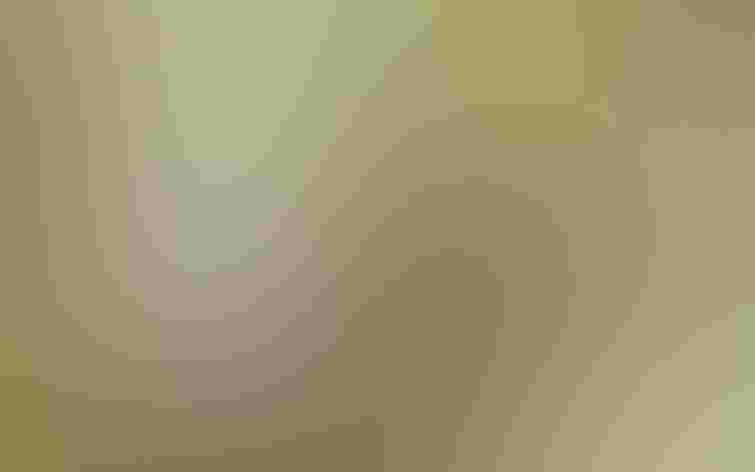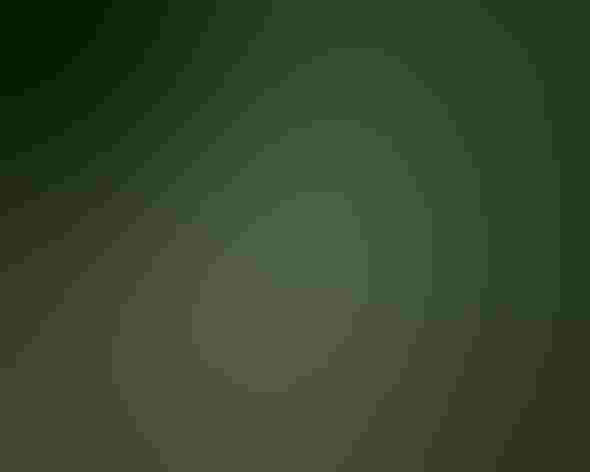Eastern Phoebe
At a Glance
Despite its plain appearance, this flycatcher is often a favorite among eastern birdwatchers. It is among the earliest of migrants, bringing hope that spring is at hand. Seemingly quite tame, it often nests around buildings and bridges where it is easily observed. Best of all, its gentle tail-wagging habit and soft fee-bee song make the Phoebe easy to identify, unlike many flycatchers.
All bird guide text and rangemaps adapted from Lives of North American Birds by Kenn Kaufman© 1996, used by permission of Houghton Mifflin Harcourt Publishing Company. All rights reserved.
Category
Perching Birds, Tyrant Flycatchers
Conservation
Low Concern
Habitat
Fields, Meadows, and Grasslands, Forests and Woodlands, Shrublands, Savannas, and Thickets, Urban and Suburban Habitats
Region
Alaska and The North, California, Eastern Canada, Florida, Great Lakes, Mid Atlantic, New England, Plains, Rocky Mountains, Southeast, Southwest, Texas, Western Canada
Behavior
Direct Flight, Hovering
Population
35.000.000
Range & Identification
Migration & Range Maps
Migrates quite early in spring and late in fall, especially compared to other flycatchers.
Description
7" (18 cm). Shows strong contrast between whitish throat and sooty brown head. Otherwise rather plain, off-white below, gray-brown above, with no obvious marks. In fresh fall plumage, has yellow wash below, faint wing-bars.
Size
About the size of a Robin, About the size of a Sparrow
Color
Black, Gray, White, Yellow
Wing Shape
Rounded
Tail Shape
Notched, Rounded, Square-tipped
Songs and Calls
Clear phoe-be, repeated many times; the second syllable is alternately higher or lower than the first. Call note a distinctive, short chip.
Call Pattern
Falling, Flat
Call Type
Buzz, Chirp/Chip, Hi, Whistle
Habitat
Streamsides, farms, woodland edges. In breeding season, typically found near water in woodland or semi-open country. May be limited mostly by availability of good nest sites, which are often along streams. In migration and winter, found around edges of woods, brushy areas, often near water.
Sign up for Audubon's newsletter to learn more about birds like the Eastern Phoebe
Behavior
Eggs
4-5, sometimes 2-6. White, sometimes with a few dots of reddish brown. Incubation is by female only, about 16 days.
Young
Both parents bring food for nestlings. Young usually leave nest about 16 days after hatching. Adults typically raise 2 broods per year.
Feeding Behavior
Forages by watching from a perch and flying out to catch insects. Most are caught in mid-air, some are taken from foliage while hovering briefly. Also drops to the ground to pick up insects there. Perches in shrubs or trees to eat berries.
Diet
Mostly insects, some berries. Insects make up great majority of summer diet; included are many small wasps, bees, beetles, flies, true bugs, grasshoppers, and others. Also eats some spiders, ticks, and millipedes. Small fruits and berries are eaten often during the cooler months, and are probably an important part of the winter diet.
Nesting
Male defends nesting territory by singing, especially at dawn. Occasionally one male may have two mates, and may help to feed the young in two nests at once. Nest: Original sites were probably always on vertical streambanks or small rock outcrops in the woods, with a niche providing support below and some shelter above. Now often builds nest under bridges, in barns, in culverts, or in other artificial sites. Same site may be used repeatedly, and may build on top of old nest. Nest (built by female) is an open cup with a solid base of mud, built up with moss, leaves, and grass, lined with fine grass and animal hair.
Climate Vulnerability
Conservation Status
Population probably increased as buildings and bridges provided many more potential nesting sites. Current numbers are apparently stable.
Climate Threats Facing the Eastern Phoebe
Choose a temperature scenario below to see which threats will affect this species as warming increases. The same climate change-driven threats that put birds at risk will affect other wildlife and people, too.




